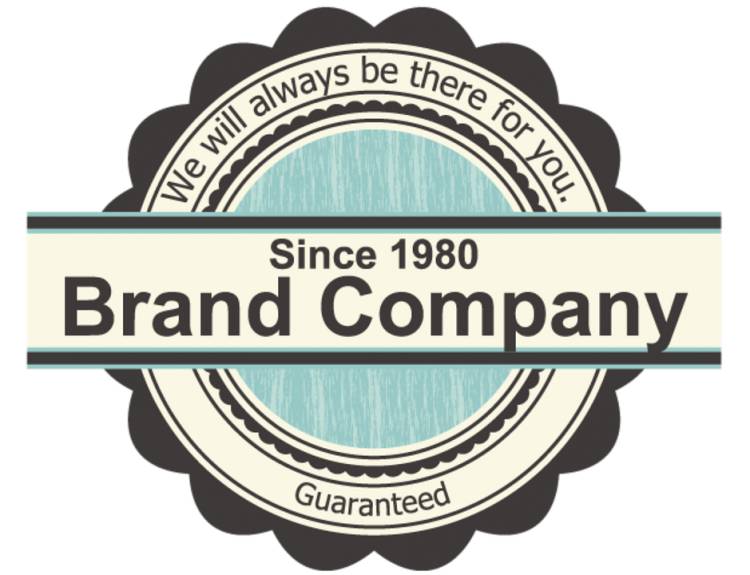COMMON MYTHS ABOUT TRADEMARK REGISTRATION
In the era of the global economy, Intellectual property (IP) is one of the most significant tools of business which covers Patent, copyright Trademark, Geographical indications, Industrial designs, etc. It is a distinctive sign which identifies the goods and services of one company from those of another. One can trademark numbers, letters, phrase, word, logo, smell, graphic, smell, Sound Mark, Letters or a combination of Colors. These things create an image in the eyes of clients and customers and increase the brand value.

INTRODUCTION
In the era of the global economy, Intellectual property (IP) is one of the most significant tools of business which covers Patent, copyright Trademarks, Geographical indications, Industrial designs, etc. It is a distinctive sign which identifies the goods and services of one company from those of another. One can trademark numbers, letters, phrases, words, logos, smells, graphics, smells, Sound Mark, Letters, or a combination of Colors. These things create an image in the eyes of clients and customers and increase the brand value. Some of the popular trademarks are AIWA, BISLERI, BAJAJ, BATA, 7 0’ CLOCK, GLAXO INDIA, HAMDARD, NESTLE, WHIRLPOOL, REVLON, INTEL CORPORATION, RED BULL GmbH, Monginis Foods Private Ltd., Mother Dairy Food & Vegetable Pvt. Ltd., LOREAL, etc.
DIFFERENT TYPES OF TRADEMARK
Word Mark:
A word mark consists of a word or a combination of words. In this mark, the word is only registered. Protecting word mark is considered wider protection of one’s business entity. Once the Trademark Registry grants word mark then the applicant can use the mark in any font & format as desire. E.g., Calvin, Dell, Honda, etc. It can also be a combination of numbers and words like VAT-69. One of the most famous examples is the brand APPLE. One would prevent third parties from using one’s brand name by filing a wordmark.
Collective Mark:
These types of marks enable the consumer to identify the origin of a service or product. Example: the mark CPA which indicates members of the Society of Certified Public Accountants.
Service Mark:
Where a trademark is used in connection with services, it may be called a service mark. A service mark is used by hotels, restaurants, airlines, tourist agencies. E.g., Sterling Holidays, Cox & kings, etc.
Certification Mark:
It is a name, word, symbol, device, or combination of these. Example: BIS Hallmark, AGMARK, ISI Mark, FPO Mark, India Organic.
Shape Mark:
When there is some distinctive feature in the shape of goods, packaging then it can be registered. Example: Shape of KIT-KAT Chocolate, Car models, Zippo, Vacuum cleaner models etc.
Olfactory Mark:
Such kind of mark is a non-conventional trademark. Here sound performs uniquely identifying the commercial origin of products or services. This kind of marks helps to identify the source or trade origin of a product or service. Example: ICICI Bank corporate jingle Dhin Chik Dhin Chik.
Slogan or Tag line:
Example: McDonald’s ‘i'm loving’ it” and LIC ‘Zindagi ke sath v Zindagi ke baad v’.
In this era of a competitive world where millions of similar products are available in the market, visibility is very important. The theft of IP has become a common practice. The registration of a trademark has become very essential as it becomes stronger at the time of claim as compared to unregistered marks.
WANT TO KNOW MORE ABOUT TYPES OF TRADEMARK? CLICK ON THIS VIDEO-
TRADEMARK MYTHS
- Trademark registration is not for me as I have a small business entity: Although trademark registration is not mandatory but securing your mark at the right time will be beneficial for the long run. If one chooses for registration, they do not understand the significance of prior user date.
- I have already registered my brand as a Company. There is no requirement for trademark registration: Company name and trademark registration both are different because trademark protects goods and services for which application is made.
- Once I get trademark registration “R” I can claim it worldwide: Here ‘R’ stands for Registered. To claim worldwide one needs to first file National trademark application. Thereafter one has to apply under Madrid Protocol for International trademark.
- Trademark registration is a big-budget: Businessman and woman fail to understand that they are putting their brand at high risk without getting it secured. Without registration, one cannot sue or claim full rights. It can be claimed under passing off only. So, losing your brand to a competitor is a very painful affair so it is always advisable for trademark registration at a very early stage of business.
- I have not done trademark registration so I cannot sue anyone: Once your mark is in use even though it is not a registered trademark it acquires rights under common trademark law rights.
- At the time of registration, the brand name should reflect the nature of business: Having a unique and distinct mark is enough when it comes to trademark registration. Giving a descriptive about the product is not enough for protection.
- In case of infringement one can easily claim damages: In this case, it is not easy because valid proof of use is required at the time of claim. If the Plaintiff does not have a proof of prior use then he might lose the right over his own mark.
In IP India website at the time of the search, I found no similar name identical to my mark. So, I can easily get it. The Registry will compare whether the marks are phonetically similar, or are similar insight meaning and commercial impressions. So, it is always advisable to consult a Professional specialized IPR Attorney or Trademark agent as there is end number of myths which comes in mind of a common man. And make your business mark safer.
CONCLUSION
Protecting your mark at an initial level of business is a vital thing every entity most do. The business entity must put an end to each and every myth that is stopping them from getting their trademark registered. Therefore, Prioritizing trademark protection provides a clear path for expansion into both domestic and foreign markets. As per the law, we can register our Intellectual property under certain classes. The class with which we select and register a brand can be used only by the owner but not by any other person. It becomes an intellectual property of the owner under the particular class with which one applies. So, it is always advisable to consult a legal professional for any assistance. The more one learns the safer will be the business.
BY - SOURAV JAIN












